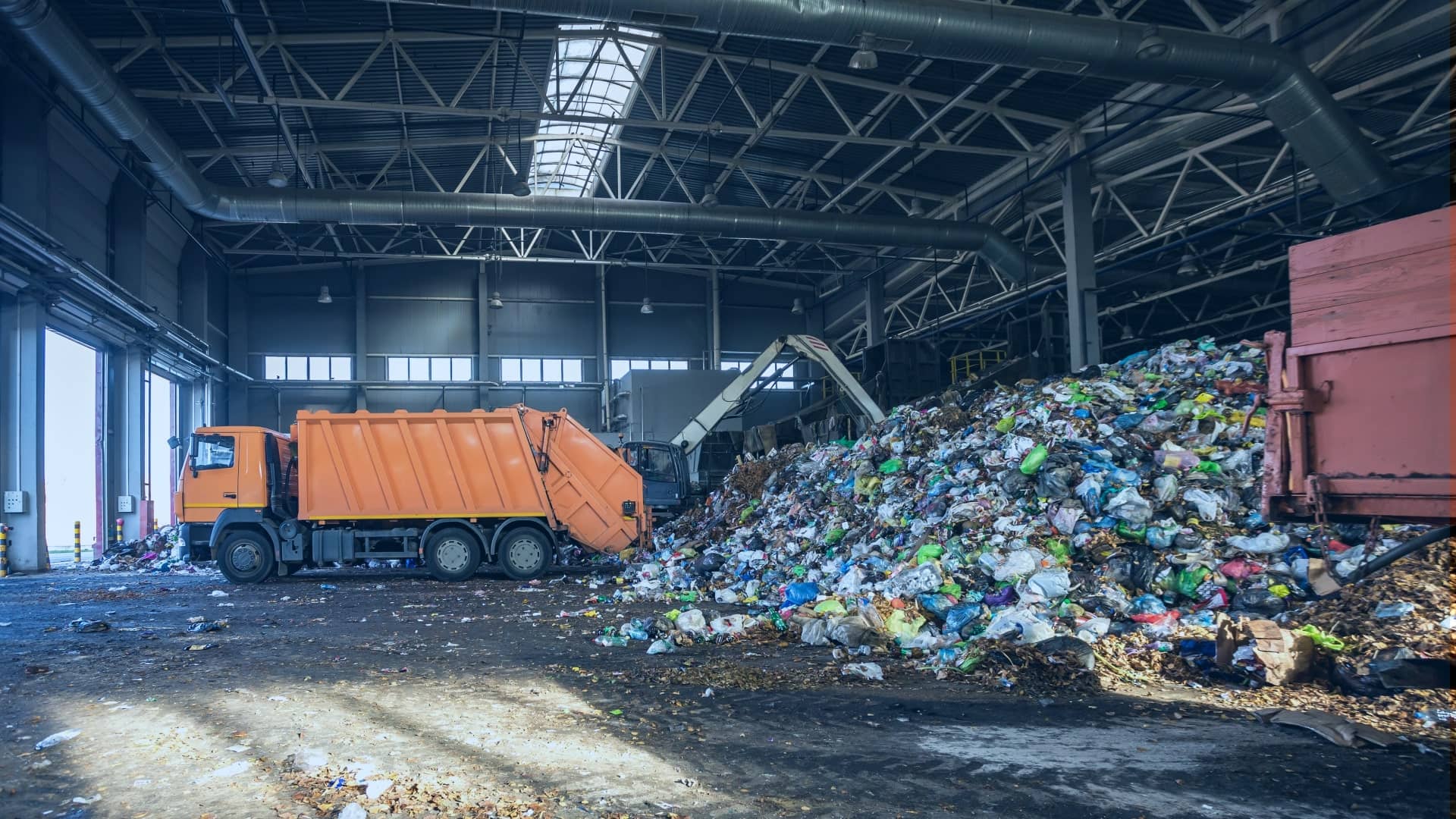Reclaim Waste - Truths
Reclaim Waste - Truths
Blog Article
Unknown Facts About Reclaim Waste
Table of ContentsThe Ultimate Guide To Reclaim WasteUnknown Facts About Reclaim WasteReclaim Waste Fundamentals ExplainedThe Of Reclaim WasteEverything about Reclaim Waste
Discover the types, incidents, and forms of fluid waste. Domestic sewage waste describes the waste and items from a household septic system. This kind of waste is created by human beings in homes, schools, and various other structures. This only consists of septic systems that have a drain field. The correct management and disposal of residential sewage waste need fluid waste to be transferred to a sewer treatment plant where the appropriate approaches and devices are put on detoxify and take care of waste.
Business waste typically includes possible risks, such as combustible products or a mixture of fluid and strong waste products, and calls for an extra sophisticated and comprehensive disposal process. The disposal of commercial waste usually involves the filtration of waste prior to transportation to make certain safe and correct disposal. Hazardous waste is developed from results and overflow of commercial procedures and production.
This sort of waste can not use the exact same sewage administration transport or processes as septic or business fluids. The commercial waste management procedure calls for the assessment and testing of fluid waste before it undertakes the disposal process (industrial wastewater treatment). Overflow waste is the liquid waste that originates from runoff and excess stormwater in highly populated locations or cities
Drainage waste can create contamination and flooding if not taken care of appropriately. Making certain appropriate waste monitoring can protect against calamities and decrease environmental injury.
Getting My Reclaim Waste To Work
Contact PROS Providers today to find out about our waste administration and disposal services and the proper means to care for the liquid waste you generate.
(http://tupalo.com/en/users/7813759)Do you recognize what happens to your water when you disengage, purge the toilet or drain the washing maker? No? Well, it deserves recognizing. This supposed 'wastewater' is not just an important source but, after treatment, will be released to our land, rivers or the ocean. Made use of water from toilets, showers, baths, cooking area sinks, washings and industrial processes is called wastewater.

water used to cool machinery or clean plant and equipment). Stormwater, a form of wastewater, is runoff that flows from farming and urban locations such as roof coverings, parks, gardens, roadways, paths and seamless gutters into stormwater drains, after rainfall. Stormwater streams unattended directly to local creeks or rivers, eventually getting to the ocean.
Everything about Reclaim Waste
In Queensland, a lot of wastewater is treated at sewage treatment plants. Wastewater is transported from residential or industrial websites through a system of sewage systems and pump stations, called sewerage reticulation, to a sewage treatment plant. City governments build, preserve and run most sewage treatment plants. Operators are accredited under the Environmental Defense Act 1994 to discharge cured wastewater at an acceptable environmental requirement right into waterways.
The Division of Natural Resources advises city governments regarding managing, operating and preserving sewerage systems and therapy plants. In unsewered areas, city governments may need homeowners to mount private or family sewage therapy systems to deal with residential wastewater from toilets, cooking areas, restrooms and laundries. The Division of Natural Resources authorizes the usage of household systems when they are proven to be efficient.
In some brand-new class, treatment of some stormwater to eliminate litter, sand and crushed rock has begun using gross contaminant catches. Wastewater treatment happens in four stages: Gets rid of solid matter.
Wastewater after that flows right into huge tanks where solids resolve and are removed as sludge. Oil and scum site are skimmed from the surface. Utilizes little living organisms called micro-organisms to break down and eliminate continuing to be dissolved wastes and great fragments. Micro-organisms and wastes are integrated in the sludge. Eliminates nitrogen and phosphorus nutrients that might cause algal flowers in our waterways and endanger marine life.
Unknown Facts About Reclaim Waste
Nutrient elimination is not offered at all sewage therapy plants due to the fact that it calls for pricey specialist equipment. Clear liquid effluent generated after therapy might still have disease-causing micro-organisms - industrial wastewater treatment.

The majority of wastewater streams into the sewerage system. Under the Act, local federal governments administer approvals and permits for ecologically relevant tasks (Ages) involving wastewater releases that might have a regional influence.
Some Known Details About Reclaim Waste
Otherwise, examples are considered research laboratory evaluation. Often lots of tests are needed to establish the degrees of each of the various toxins such as oils, hefty metals and pesticides in water. Surveillance provides factual details about water high quality and can confirm that licence conditions are being fulfilled. The information obtained with tracking provides the basis for making water quality choices.
Report this page